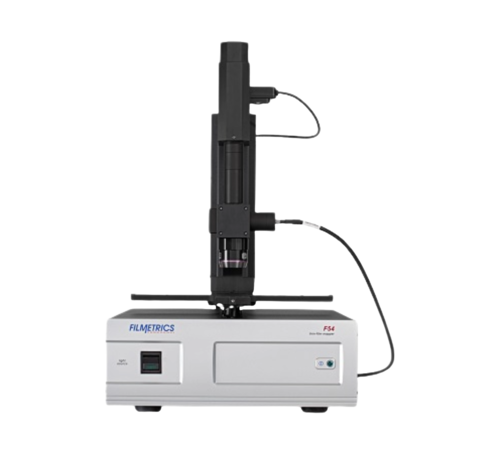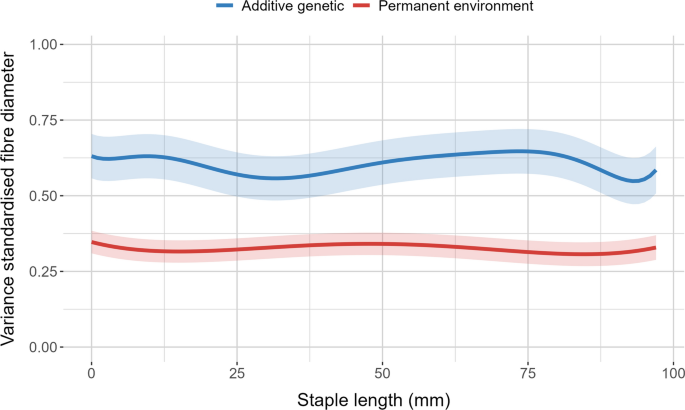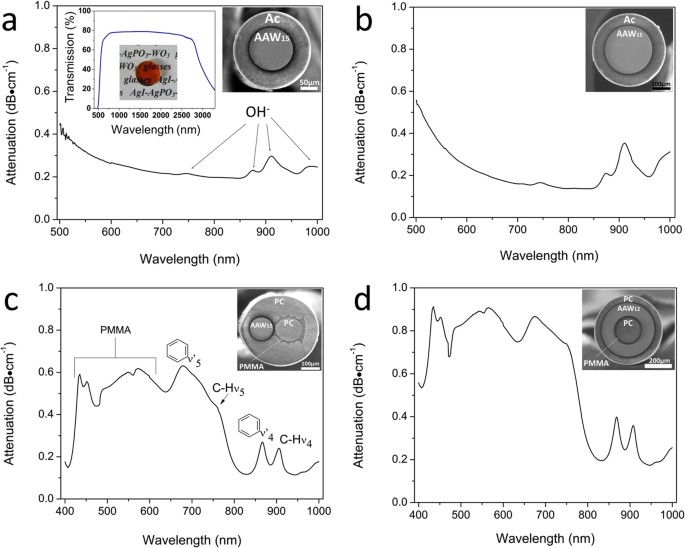Key Factors When Selecting an Optical Fibre Diameter Analyser
Key Factors When Selecting an Optical Fibre Diameter Analyser
Blog Article
Optimize Your Fibre Optic Performance: Understanding Optical Fibre Diameter Analyser Innovation
The efficiency of fibre optic systems is critically influenced by the precision of their size, a factor commonly neglected in the search of ideal signal stability. Understanding the modern technology behind optical fibre diameter analysers reveals the elaborate balance between dimension precision and manufacturing top quality.
Importance of Optical Fiber Diameter
The diameter of optical fibre plays a crucial role in figuring out the efficiency and performance of interaction systems. Alternatively, smaller sized sizes tend to support less settings, which can improve signal clearness and reduce crosstalk.

Furthermore, recognizing the diameter's ramifications can cause set you back savings by reducing the need for signal amplification and repeaters in considerable networks (optical fibre diameter analyser). Finally, the value of optical fiber size can not be overemphasized, as it straight influences the overall performance and dependability of modern-day communication systems

How Diameter Impacts Signal Quality
Signal quality in optical fiber systems pivots considerably on the size of the fiber. A smaller diameter can lead to greater attenuation rates, resulting in signal loss as light trips with the fiber.
Alternatively, bigger sizes typically enable boosted light capture and reduced modal diffusion, enhancing signal clearness. In multimode fibers, a larger core diameter can support numerous light modes, however it might likewise present intermodal dispersion, which can degrade signal high quality. Picking the optimal fiber diameter is important for attaining the preferred efficiency in specific applications.
Additionally, the communication in between the fibre size and the wavelength of the light utilized plays a critical function in figuring out the reliable transmission range and total signal integrity. As such, comprehending how fibre size affects signal high quality is important for network developers and engineers making every effort to optimize optical fiber systems for reputable, high-speed information transmission.
Overview of Diameter Analyser Innovation
In many optical fiber production procedures, precise dimension of fiber diameter is vital for making certain consistent efficiency and high quality (optical fibre diameter analyser). Diameter analysers are advanced tools made to evaluate the physical dimensions of optical fibers with high precision. They utilize innovative optical and laser modern technologies to measure the diameter, ovality, and concentricity of the fibre, hence giving essential information for high quality control
These analysers can run in-line throughout the manufacturing process or as component of off-line screening methods. In-line systems make it possible for real-time tracking, allowing makers to readjust parameters instantly, consequently keeping optimum manufacturing conditions. Off-line analysers, on the various other hand, give thorough examinations of sets, making sure that any discrepancies from specified resistances are recognized and dealt with.
Diameter analysers considerably add to the reduction of flaws in optical fibres, enhancing total product integrity. By consistently gauging essential specifications, these technologies facilitate conformity with market standards and specifications. As the demand for high-performance optical fibres continues to climb, the function of diameter analysers comes to be progressively vital in accomplishing the wanted quality and efficiency standards in fibre optic systems.
Key Attributes of Fiber Size Analysers
Although numerous versions of fibre diameter analysers exist, they generally share a number of vital attributes that improve their functionality and integrity. One of one of the most substantial functions is high-resolution dimension abilities, which make certain precise diameter readings, essential for preserving quality assurance in fiber production. Furthermore, several analysers include sophisticated optical sensing units created to spot minute variants in fibre size, therefore supplying important information for process optimization.
An additional important attribute is real-time surveillance, enabling drivers to get immediate responses on fiber diameter throughout the production process (optical fibre diameter analyser). This capacity assists in rapid changes and minimizes the possibility of defects. Lots of analysers likewise come outfitted with straightforward interfaces, allowing drivers to conveniently browse with data and settings outcomes
In addition, robust helpful resources data storage and evaluation functionalities are important for tracking historical efficiency trends and guaranteeing compliance with sector standards. These functions collectively add to the efficacy of fiber size analysers in maximizing fibre optic performance.
Best Practices for Fiber Optimization

First, routine calibration of optical fibre diameter analysers is vital. This makes certain exact measurements and decreases prospective discrepancies that could impact performance. Next, preserving a clean working atmosphere is essential; dust and impurities can lead to signify deterioration.
In addition, it is very important to choose fibres that fulfill details application requirements. This involves reviewing factors such as depletion, transmission go to this website capacity, and ecological conditions. Appropriate installment techniques need to also be stuck to, consisting of staying clear of sharp bends and extreme stress, which can compromise fibre honesty.
Additionally, utilizing advanced tracking systems can assist in real-time efficiency analyses, enabling timely recognition of concerns. Regular testing and maintenance must be carried out to ensure that fibres remain within ideal functional criteria.
Finally, training employees on the newest fiber optimization innovations and approaches will enhance their capability to apply reliable straight from the source approaches. By complying with these finest methods, companies can significantly improve the performance and lifespan of their optical fiber systems, ensuring effective communication and information transfer.
Final Thought
Finally, the combination of optical fibre size analyser technology is crucial for optimizing fiber optic efficiency. By guaranteeing precise dimensions of fibre dimensions, these analysers significantly boost signal top quality and minimize losses during information transmission. Normal calibration and maintenance of the analysers are essential to promote ideal efficiency and compliance with market standards. Eventually, the application of this technology promotes enhanced information transmission prices and enhances signal honesty, contributing to the total performance of fibre optic systems.
Signal quality in optical fiber systems hinges significantly on the diameter of the fiber.In numerous optical fibre manufacturing processes, precise dimension of fiber diameter is crucial for making sure consistent performance and quality. As the demand for high-performance optical fibers proceeds to climb, the duty of size analysers comes to be increasingly important in achieving the desired quality and performance criteria in fibre optic systems.
These attributes collectively contribute to the effectiveness of fibre diameter analysers in maximizing fibre optic performance.
In verdict, the integration of optical fiber size analyser innovation is vital for making the most of fiber optic efficiency.
Report this page